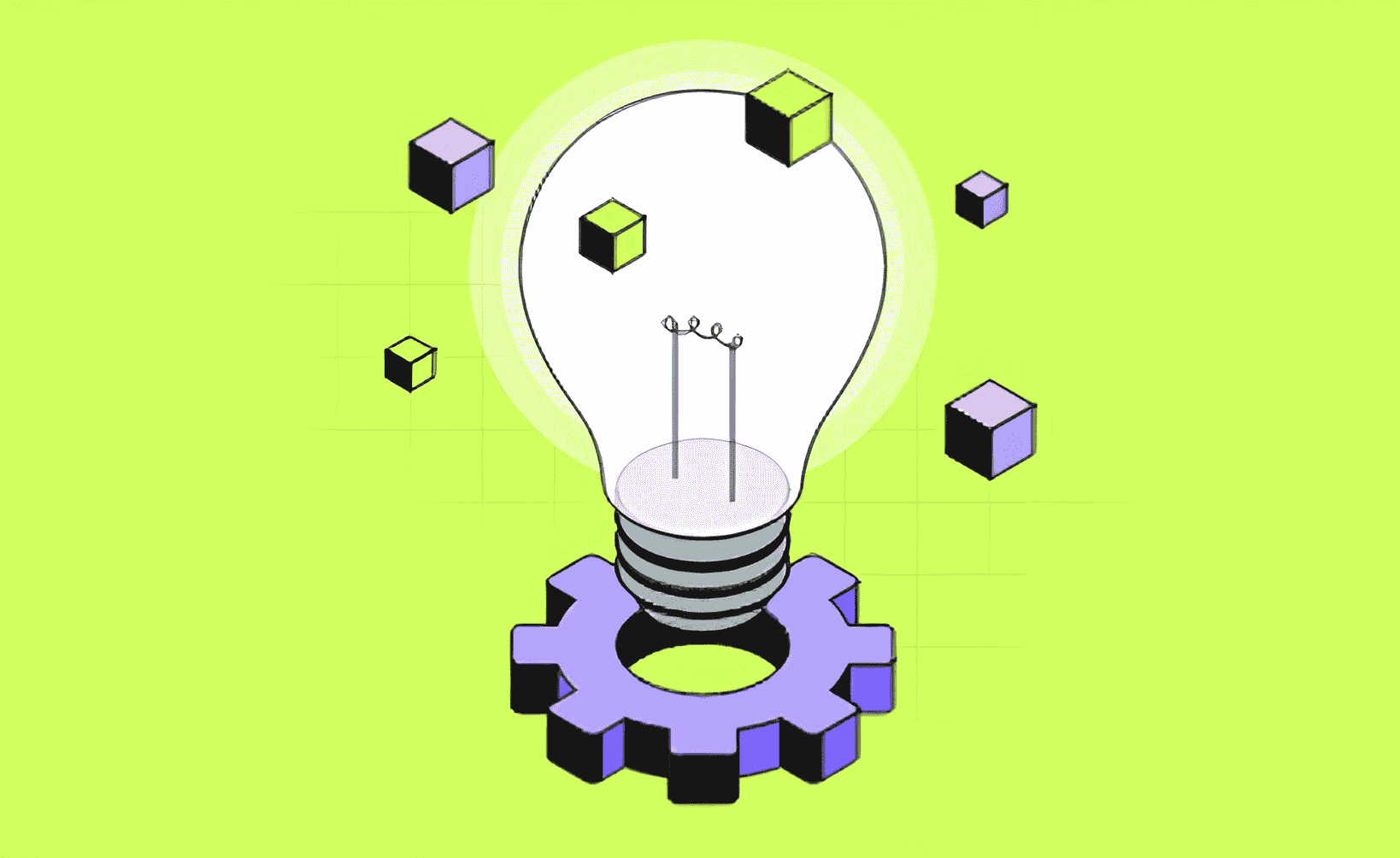
A few weeks ago, my son's Rakhi was two days late. The package was on the way, but it didn’t arrive in time for the festival. What caused the delay? A sortation error, a miscalculated delivery date due to festive volume, or just human error?
This isn’t a one-off story. We’ve all felt the frustration of a food delivery arriving 45 minutes late, long after the kids have fallen asleep, or the anxiety of waiting for a return pickup that never came. These aren’t routing failures; they’re human challenges that logistics software alone can’t solve.
The Human Element in Last-Mile Delivery
Why does true delivery optimization require more than an algorithm? Because the real world is messy. People’s lives don’t fit neatly into spreadsheets.
A customer isn’t home during a 12–6 PM delivery window. A driver loses 10 minutes finding parking in a busy downtown block. A vague tracking update creates confusion and floods customer service with calls.
The most effective last-mile delivery systems don’t just calculate the shortest distance; they adapt to real-world human behaviour. Optimization happens when we combine routing with real-time tracking, behavioural data, and on-the-ground feedback.
Beyond the Map
Routing systems are powerful, but they’re blind to the hidden costs of failed deliveries. For example:
- Drivers often spend longer at apartment complexes than at single homes because of access protocols.
- Vague tracking notifications create “delivery anxiety” and lead to more customer support calls.
- Missed deliveries don’t just frustrate customers, they increase costs across the supply chain.
Behavioural data reveals these patterns. It helps us understand when customers are actually home, which buildings create delivery friction, and what information reduces anxiety. This data makes last-mile delivery more accurate, efficient, and trustworthy.
A Different Philosophy
At Koorier, our philosophy is simple: drivers aren’t just executing routes, they’re sensors. Every stop, every handoff, every interaction is a data point. This real-time feedback loop helps reduce failed deliveries, cut wasted miles, and align with the daily rhythms of both customers and drivers.
When we optimize for people, not just maps, we create a last-mile network that is smarter, more resilient, and more cost-efficient.
Why It Matters
When delivery optimization goes beyond routing:
- Customers feel less anxious and build lasting trust.
- Businesses reduce failed deliveries and see lower logistics costs.
- The planet benefits from fewer wasted trips and lower emissions.
This isn’t just about faster delivery, it’s about smarter, more human logistics.
If your team is rethinking what delivery success looks like, explore how Koorier helps brands measure not just miles, but moments of trust.

.jpg)

%20copy.png)